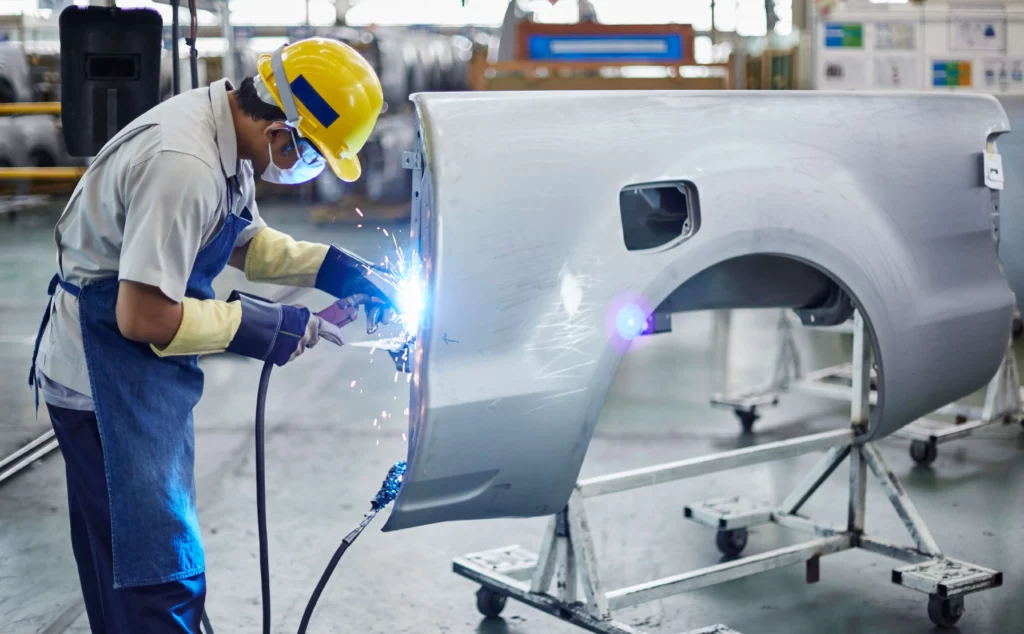Imagine a production process free from costly defects and rework; a process so streamlined that it allows quality managers and CEOs to sleep soundly at night. This is no dream. By utilizing the tool of “Corrective Action” effectively, such a reality is attainable.

Corrective Action: The Powerhouse of Continuous Improvement
At the heart of quality management in manufacturing lies the principle of continuous improvement. Among its most potent tools is the concept of “Corrective Action.” Understanding it can significantly enhance the quality of products and streamline production processes. Let’s delve into what it means and how it can benefit your organization.
The Art and Science of Corrective Action
“Corrective Action” is a process used to identify and rectify problems causing product defects or production inefficiencies. It’s a reactive measure, triggered when a defect or non-conformity is detected, and its goal is to prevent a recurrence. However, to harness its true power, it’s crucial to understand the three key stages: detection, analysis, and implementation.
1. Detection: The First Step towards Corrective Action
An issue must first be detected before corrective action can take place. Regular quality inspections, reviews, and audits can help in recognizing problems. It’s a proactive approach that ensures nothing slips through the cracks, minimizing the need for “Corrective Action.”
2. Analysis: Root Cause and Corrective Action
Once a problem is identified, its root cause must be determined. Tools such as the 5 Whys technique and Fishbone Diagrams can aid in tracing back to the source of the issue. This step is crucial in forming an effective “Corrective Action” plan.
3. Implementation: Effecting Corrective Action
The final stage involves implementing the corrective action plan. It might involve changes to processes, procedures, or even employee training. Monitoring its effectiveness post-implementation is crucial to ensure the problem does not reoccur.

Corrective Action in Practice: Real-World Examples
Understanding “Corrective Action” in a theoretical context is one thing, but seeing it in action brings clarity. Let’s examine a few real-world examples:
Example 1: A car manufacturer notices a recurring issue with a specific model’s braking system. The “Corrective Action” would involve determining the root cause, modifying the production process or component design as necessary, and ensuring these changes eradicate the problem.
Example 2: A textile factory faces frequent machine breakdowns that halt production. The “Corrective Action” would be to identify why the machines are failing and remedy it. This could be through better maintenance procedures, upgrading machinery, or training staff in machine care.
Unlocking the Full Potential of Corrective Action
While the “Corrective Action” process is reactive in nature, integrating it into a broader, proactive quality management system can be transformative. This approach, known as Preventive Action, is the next logical step, allowing organizations to predict and prevent potential issues before they even occur.
Conclusion
With the right mindset and tools, “Corrective Action” becomes more than a mere troubleshooting mechanism; it becomes a pathway to continual growth and improvement. As a key player in the manufacturing industry, mastering the concept of corrective action could be your ticket to superior quality, efficiency, and productivity. Embrace it today and make a meaningful impact on your organization’s future.
Remember, in the world of manufacturing, quality is not just a goal—it’s a journey. And “Corrective Action” is one of your most reliable companions on this journey. Take the wheel today and steer your organization towards a future of flawless production and heightened customer satisfaction.




